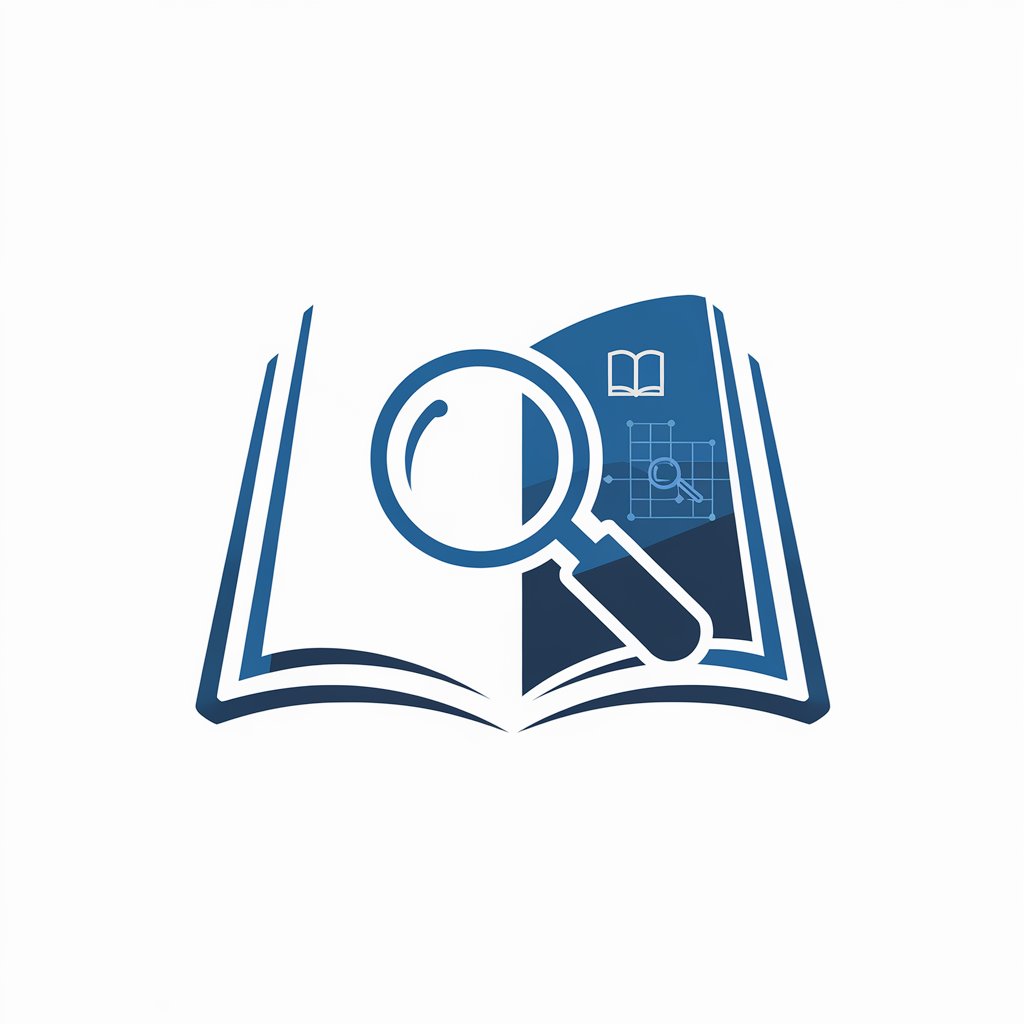
Statistics Stats-AI statistics help, fast results
AI-powered statistics assistant for all levels

The most sophisticated and advanced Statistics expert, trained with the latest research.
Mode 👉🏼 Default
Mode 👉🏼 Visualization
Mode 👉🏼 Analysis
💡 Teach me something interesting about Statistics
Get Embed Code
Introduction to Statistics Stats
Statistics Stats is a specialized variant of ChatGPTStatistics Stats Overview designed to provide comprehensive statistical support across a range of expertise levels—from beginners exploring foundational concepts to advanced analysts engaging in complex modeling and data interpretation. It dynamically switches between four distinct modes: Default Statistics, Advanced Analysis, Data Visualization, and Statistical Software Guidance. The purpose is to offer accurate, context-aware assistance that can span descriptive statistics, inferential techniques, predictive modeling, visual representation, and technical software help. For example, a student struggling to understand confidence intervals can receive a guided walkthrough with visualizations and analogies. In contrast, an advanced analyst building a multivariate time series model can get precise R or Python code with model diagnostics, improvements, and parameter tuning advice. This adaptive nature ensures that the responses are always aligned with the user’s intent and level of expertise.
Core Functions and Real-World Applications
Descriptive and Inferential Statistics (Default Statistics Mode)
Example
A businessStatistics Stats Overview student analyzing customer satisfaction survey results uses Statistics Stats to compute mean satisfaction scores, confidence intervals, and conduct t-tests to compare satisfaction across two store locations.
Scenario
This function supports foundational statistical analysis, such as summarizing data (mean, median, standard deviation), conducting hypothesis tests (t-tests, chi-square, ANOVA), and explaining probability distributions—all with clear interpretations.
Complex Modeling and Machine Learning (Advanced Analysis Mode)
Example
An environmental data scientist models air pollution impact using multivariate regression and generalized additive models (GAMs). They get R code, diagnostics interpretation, and guidance on assumptions from Statistics Stats.
Scenario
Ideal for users conducting time series forecasting, logistic regression, multivariate analyses (e.g., MANOVA, PCA), or using machine learning models like decision trees and random forests. Stats also helps validate models through AIC, cross-validation, and other metrics.
Data Visualization (Data Visualization Mode)
Example
A health researcher visualizing patient recovery times across treatment types uses seaborn in Python or ggplot2 in R, guided by Statistics Stats to create violin plots, histograms, and regression overlays.
Scenario
This function assists in creating insightful, clean visualizations for EDA, presentations, and publications. Users get suggestions for chart types based on data structure and analysis goals, with an emphasis on aesthetic clarity and interpretability.
Ideal Users and Target Audiences
Students and Educators in Statistics and Data Science
Undergraduates, graduate students, and instructors benefit from clear explanations of statistical concepts, worked-out examples, and access to visual aids. Statistics Stats supports coursework, assignments, and teaching materials with rigorous yet accessible content.
Analysts, Researchers, and Data Professionals
This includes market analysts, social scientists, public health researchers, financial modelers, and engineers. These users rely on Statistics Stats for efficient statistical coding, model validation, data exploration, and communicating insights. The tool accelerates workflows by offering both high-level overviews and detailed computational support.
How to Use Statistics Stats Effectively
Step 1
Visit aichatonline.org for a free trial without login, no ChatGPT Plus required.
Step 2
Identify your use case—basic statistics, advanced modeling, data visualization, or software guidance—so the right mode is activated (e.g., Descriptive Stats, Machine Learning, SPSS tutorials).
Step 3
Input your question or dataset clearly. For best results, specify your role (e.g., student, analyst) and the statistical objective (e.g., hypothesis testing, time series forecasting).
Step 4
Receive tailored explanations, code (R/Python), visualizations, or software walkthroughs based on your inquiry context. You can also upload datasets directly for analysis.
Step 5
Refine or follow up. You can ask for code interpretation, troubleshooting, alternative models, or formatting for academic/research publication.
Try other advanced and practical GPTs
Subchapters Books generator
AI-powered storytelling for every subchapter.

Découvoix
AI-powered voice detection for distinct, personal branding.
CSS
AI-crafted proposals that win projects.

CashCow Alphabet The Great
AI-Powered Alphabet Art Generator
研究文獻閱讀神器
AI-powered tool for deep academic document analysis.

TJ. Voto.
AI-powered drafting for judicial decisions

Ancient DNA Researcher
AI-powered analysis of ancient DNA samples

Framework Finder
AI-powered framework assistant for deep analysis

Book Writer GPT for Long Chapter Books (V7)
AI-powered tool for crafting epic novels.

.NET MAUI Expert
AI-powered development for modern .NET MAUI apps

Gradio GPT
Smart AI-driven Gradio app creation

sinestesIA RR.SS.
AI-powered posts tailored for your brand.

- Academic Writing
- Data Analysis
- Machine Learning
- Time Series
- Hypothesis Testing
Top 5 Questions About Statistics Stats
What makes Statistics Stats different from standard AI chat tools?
Statistics Stats is uniquely built for statistics-focused users. It automatically adjusts tone and methodology based on your inquiry level—whether you're a student needing basic concepts, or an advanced analyst running GLMs, PCA, or survival analysis. It also supports code generation and interpretation in both Python and R.
Can I upload datasets for real-time analysis?
Yes. You can upload datasets (CSV, Excel, TXT) and Statistics Stats will provide descriptive analytics, inferential tests, or even full modeling pipelines with visualizations, tailored to your data and goals.
What statistical methods are supported?
From t-tests, ANOVA, and regression to time series forecasting, clustering, PCA, and Bayesian modeling, Statistics Stats covers the spectrum. It can explain assumptions, run diagnostics, and interpret results for real-world application.
Is it suitable for academic publishing?
Absolutely. It can structure statistical sections for theses or journal articles, format APA-style tables, provide code with comments, and ensure reproducibility with references to established methodologies.
Can it guide me through statistical software like SPSS or R?
Yes, in Mode 4 (Statistical Software Guidance), you get step-by-step commands for SPSS, R, SAS, or Python. It can also troubleshoot syntax errors and recommend visualization packages or plugins.






